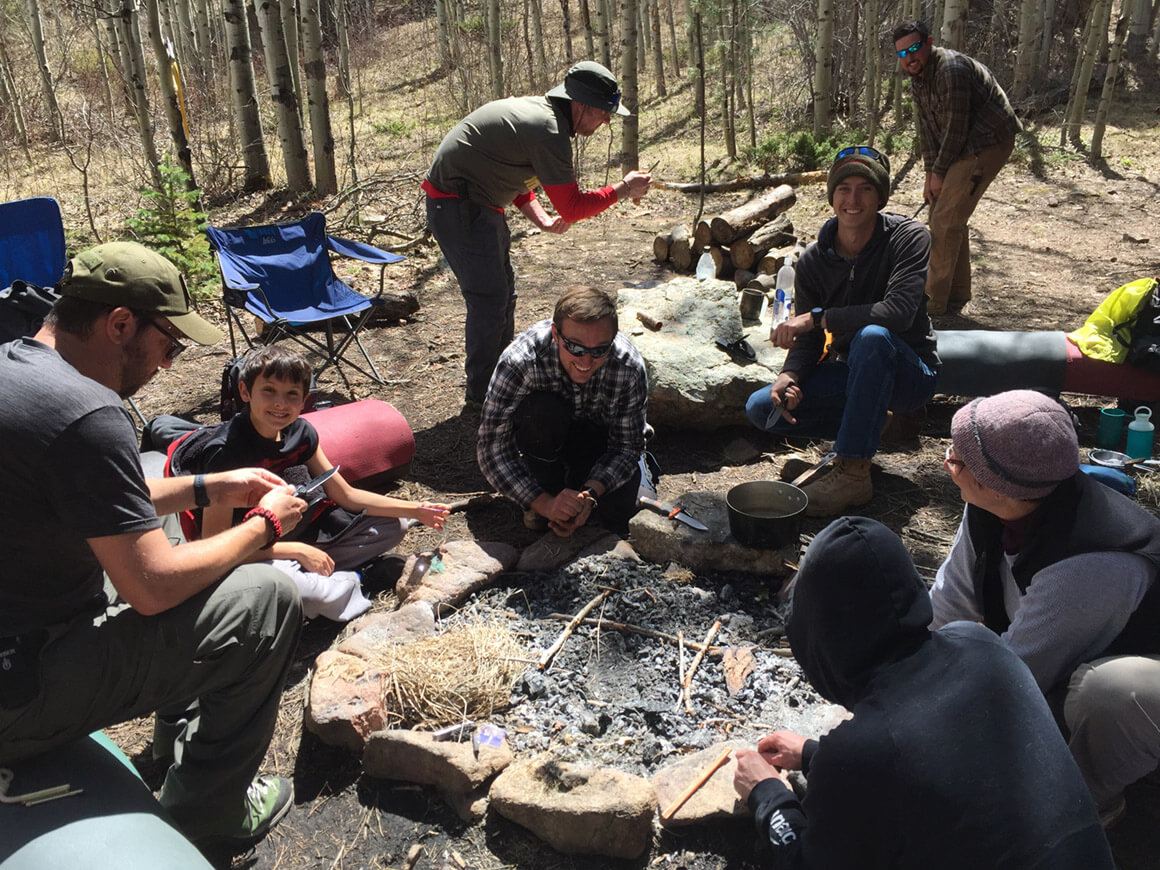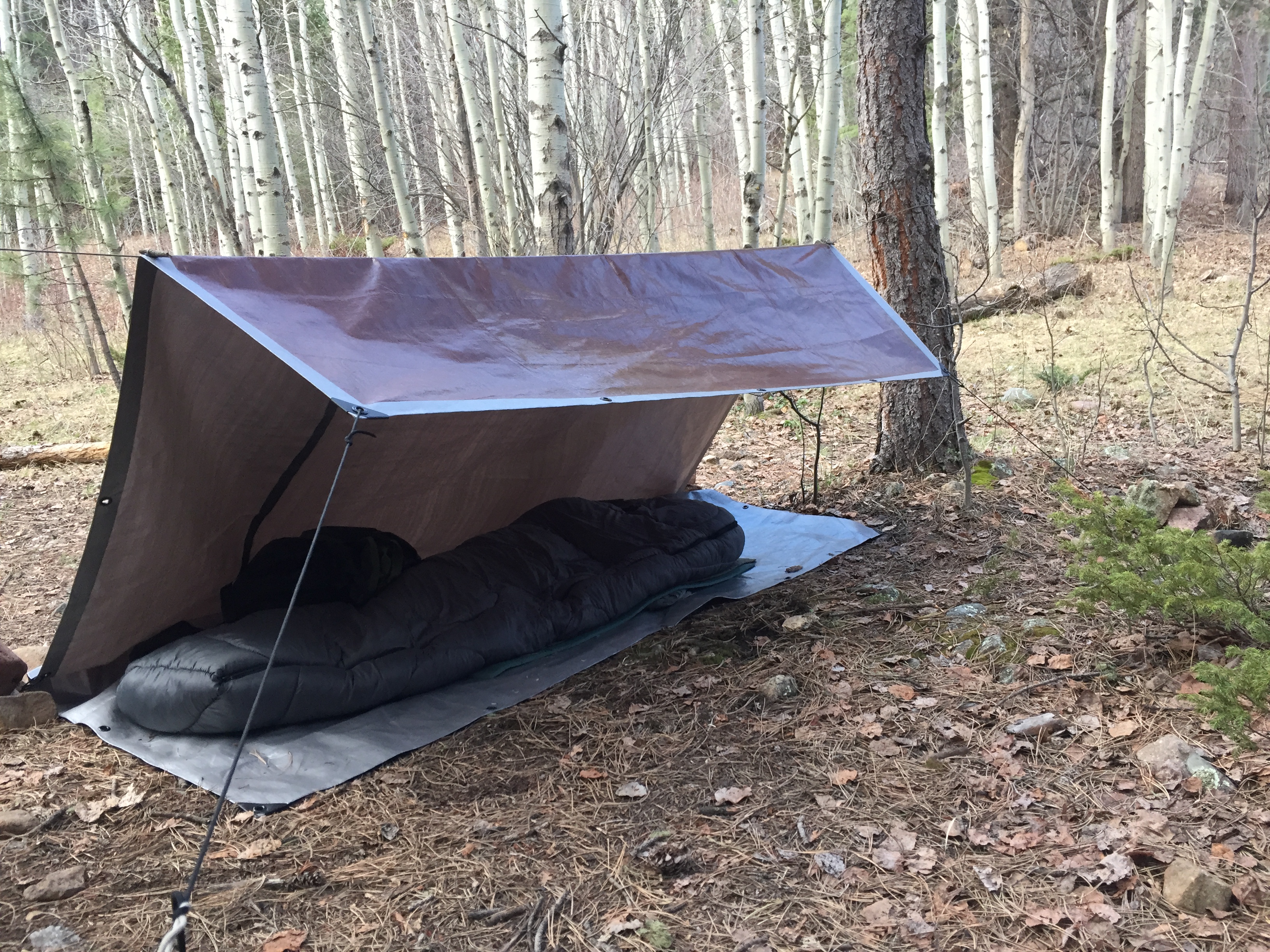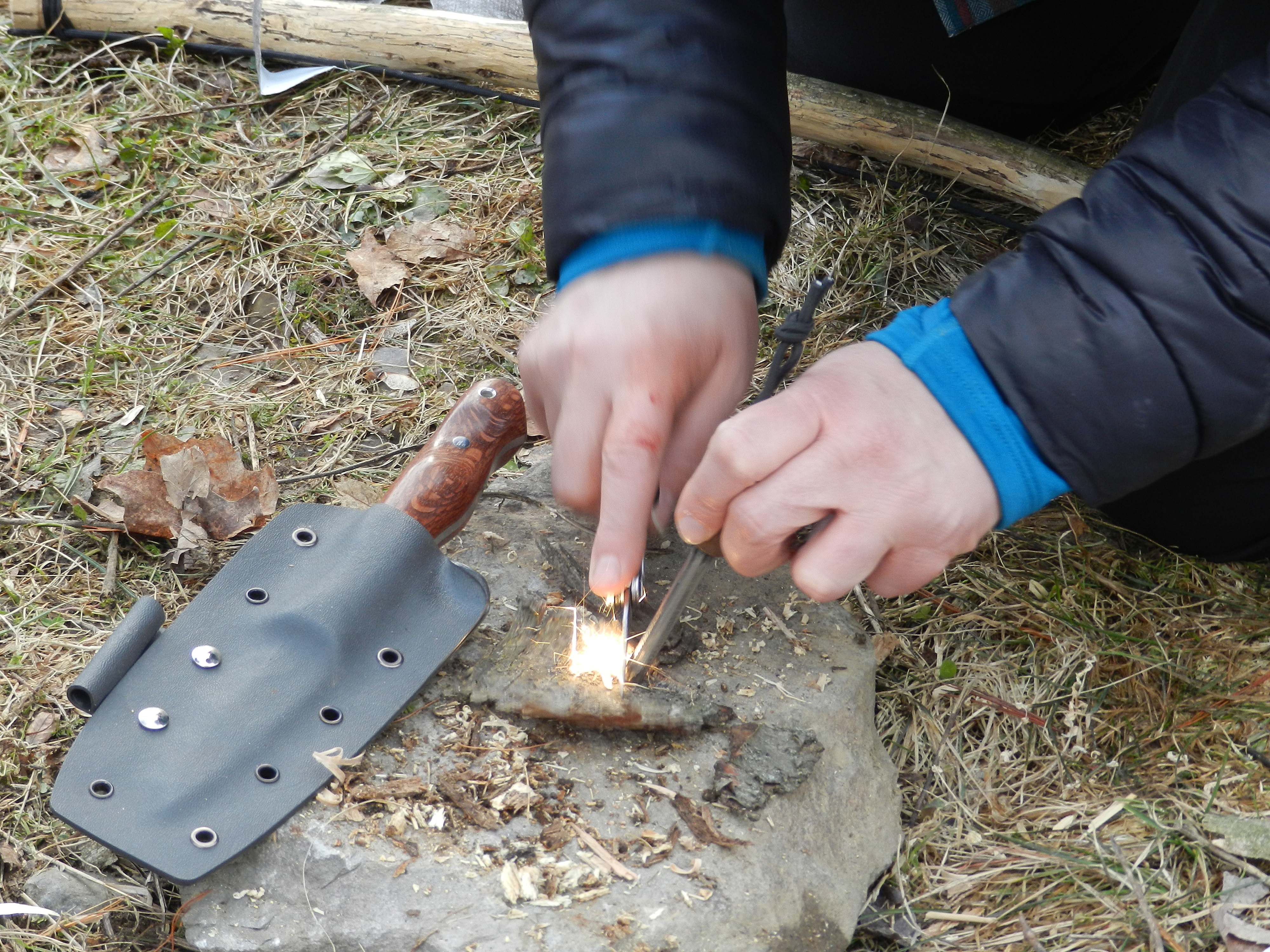
Outdoor Adventure Tools, Tactics, & Emergency Response
For: Parents, Hikers, Backpackers, Campers, Drivers (especially those that like taking the scenic routes!)
Anyone who is concerned about keeping themselves and their loved ones safe when equipment malfunctions, weather turns, injuries happen, vehicles break down, batteries die, or a multitude of other issues come up.
Training covers: This single-day training covers the CORE Survival Training Essentials relating to the five basic needs of a survivor. Students will receive hands-on training covering how to decide whether to stay put or hike out; choosing and maintaining the ultimate survival tool – your knife; Signaling – the unsung and most important survival skill; Travel basics; Water; Essential Knots; Shelter basics; Fire principles; Food rationing; and Survival Kit preparation.
Complete Course Description:
The Five Basic Needs: What are they and how can you use that knowledge to make a plan in any situation?
1. Signaling
2. Personal Protection: Clothing/Equipment, Shelter, Fire
3. Health
4. Travel Techniques
5. Sustenance: Water, Food
Your Knife: How to choose the right one for your needs, how to choose a good sharpening device and how to sharpen and maintain your knife in top condition.
1. Choosing the right one for the job
2. Tools to sharpen
3. How to sharpen
Signaling: Learn methods to make yourself BIG, how to aid rescuers in your own recovery and return home safely.
1. The three types of signals
2. What to look for in a good Signaling/Recovery site
3. Preparing a recovery site, and vectoring in rescuers
Travel basics: Learn simple navigation concepts to keep safe and in control if you must move.
1. When to/not to travel
2. How to use a compass
3. Basic scouting techniques to use when disoriented
Water: An essential and fairly immediate need in virtually every survival situation
1. How to recognize dehydration in yourself and loved ones
2. How to find it in different environments
3. How to prepare it for consumption
Knots: Learn the “hammer and nails” of a survivor. With a knowledge of knots, you can improvise more effectively and keep you and yours safer.
1. Nomenclature of a line/rope
2. What makes a “good” knot?
3. Learn several multi use, effective knots and their uses

Shelter basics: Learn how to make a safe home in whatever situation you find yourself.
1. What to look for in a shelter site
2. How to choose a design that works for the situation at hand
3. Making a simple emergency shelter from any large piece of material
Fire principles: Learn the fundamentals that many folks skip over and thus end up failing when a fire is most needed and is the hardest to make: in wet weather.
1. The fire triangle and how to balance it
2. Locating and preparing materials
3. Prepping different tinder and what is best to carry with you
Food: Learn how to use wisdom in your decisions around food when in a serious situation.
1. How to ration what you have
2. The edibility test for plants
Survival Kits: Learn how to be prepared, how to make a kit for different trip scenarios.
1. Using the basic needs format to design a kit
2. What types of items to choose based on the type of kit you’re making
Class size: 20 participants max.
What to Bring/Wear: (Dress suitable to the weather, be prepared for changes!)
– Closed toed shoes (hiking boots or tennis shoes are fine.)
– Long pants
– Sun hat
– Long sleeve shirt
– Warm layers (possibly including a warm hat and gloves depending on the season)
– Rain gear (you never know what the weather will decide to do!)
– Large full water bottle and extra water
– Lunch and snacks
– Knives to practice sharpening with (these can be kitchen knives if you don’t have a “survival” or pocket knife yet)
Optional Items to bring:
– Survival items you have questions about or want to practice skills with (maps, compasses, shelter pieces, fire starters, bought survival or medical kits, etc.)
– Sunscreen
– Sunglasses or safety glasses
– Bug spray (seasonal)
– Camp chair/crazy creek/sit pad
– Note taking materials
– Leather gloves
Please don’t bring pets or young children unless cleared through SERE Training School Directly.
Dates and Time: All single-day training runs from 9 AM to 4 PM unless specifically noted otherwise. Available class dates are noted below.
Additional Information: After you register and about one week before your chosen class date, you will receive an emailed information packet that covers all the details of planning for this trip (i.e. – Directions to our starting point, more in-depth packing lists, forms, etc.) If you have any additional questions, please email us at Info@SERETraining.us.
Training Locations: All one-day courses will be within a one hour drive of the listed city. Directions to specific class locations will be emailed to you after registering for a particular class-please see below for class dates.
Age requirements: Clients should be a minimum of 10 years old and in reasonably good physical shape. All children 17 years or younger must have legal parental permission to attend the course and all children 10-16 years old must be accompanied by a parent or legal guardian.
Private Group Courses are available:
We also do private courses, team-building retreats, corporate events, birthday parties, etc… You get the folks together and tell us when you want to go, weather and schedules permitting! We prefer that you allow us at least 30 days advance notice to schedule a course. If you’d like to explore these options please contact us at: Info@SERETraining.US
Cancellation Policies:
Trip cancellation by clients must take place at least 28 days prior to the start of the trip in order to be eligible for a refund. On rare occasions, a trip is prevented from running due to land closures relating to dangerous weather conditions, fires, etc. You will be notified promptly if a closure occurs and the trip is prevented from running and will receive the option to reschedule for a later trip date or to receive a full refund.
Additional Questions about this course can be addressed to: Info@SERETraining.US